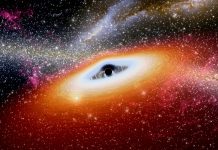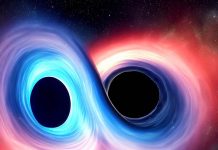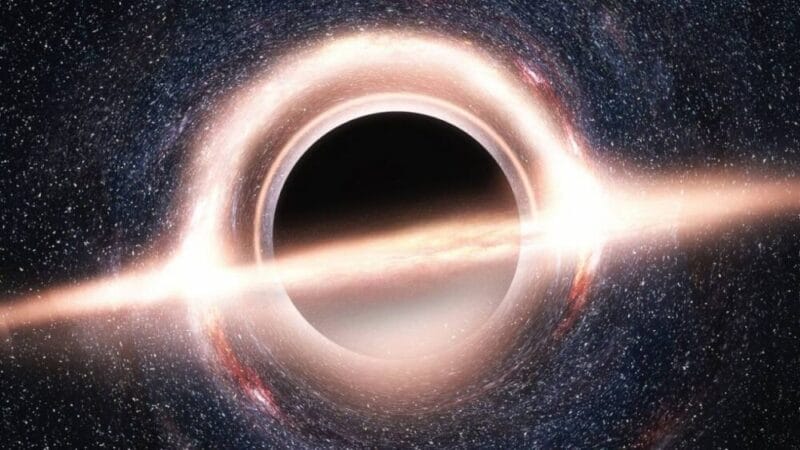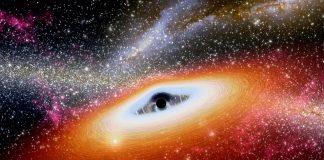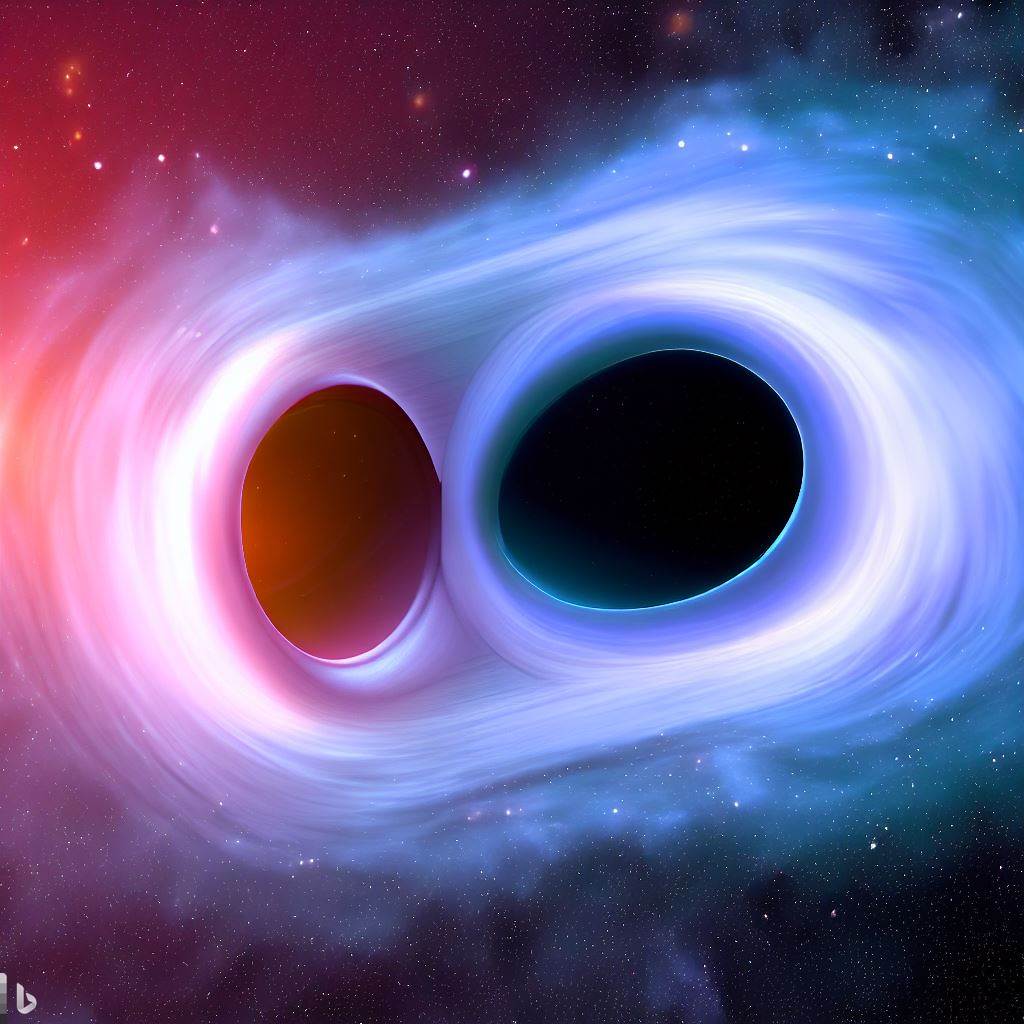
Gw190521 Black Hole Merger
Introduction
Investigating the phenomenon of the Gw190521 binary black hole merger is a fascinating and complex process. This event, which occurred on May 21, 2019, was the first observation of a black hole merger with a total mass of more than 150 solar masses.
This event has been studied extensively by astronomers and astrophysicists and has provided valuable insight into the nature of black hole mergers and the physics of extreme gravity.
In this article, we will discuss the various methods used to investigate the Gw190521 binary black hole merger, and the implications of this event for our understanding of the universe. We will also discuss the implications of this event for the future of gravitational wave astronomy.
Gw190521: Binary Black Hole Merger
Gravitational Wave Detection of GW190521
On May 21st, 2020, the Laser Interferometer Gravitational-Wave Observatory (LIGO) and the Virgo interferometer detected a gravitational wave signal, GW190521, that was later confirmed to be the merger of two black holes. This event marked the first time that a black hole merger was detected in gravitational waves.
GW190521 was detected by LIGO and Virgo in the frequency range of 30-250 Hz, which is the range of frequencies most sensitive to gravitational waves. The signal lasted for about 0.4 seconds, indicating that the two black holes had merged in a fraction of a second.
Analysis of the signal revealed that the two black holes that merged had masses of about 85 and 66 solar masses. This is the first time that a black hole merger has been detected with such high masses. The merger created a single black hole with a mass of about 150 solar masses, making it the most massive black hole ever detected in gravitational waves.
The merger also produced an enormous amount of energy, equivalent to 8 solar masses. This is the most energetic event ever detected in gravitational waves, and it is likely that this energy was released in the form of gravitational waves.
The detection of GW190521 is an important milestone in the history of gravitational wave astronomy. It is the first time that a black hole merger has been detected in gravitational waves, and it is the most energetic event ever detected.
Data Analysis Techniques Applied GW190521
Data analysis techniques applied to the GW190521 black hole event provide insight into the physical processes occurring in the system. The analysis of the gravitational wave signal from the merger of two black holes, GW190521, has been used to explore the properties of the system and the environment in which it formed.
The first step in the analysis of GW190521 was to identify the signal in the data. This was done by using matched-filtering techniques, which compare the data to a template of the expected signal.
The template is generated by simulating the waveform of the merger, taking into account the masses and spins of the two black holes. Once the signal is identified, the parameters of the system can be extracted from the data. These include the masses, spins, and distance to the source.
The next step is to use the extracted parameters to infer the physical properties of the system. This can be done by comparing the waveform of the signal to theoretical models of black hole mergers.
By comparing the waveform to the models, it is possible to infer the spin and mass of the two black holes, as well as the mass ratio and the spin-orbit alignment of the system. The data can be used to explore the environment in which the merger occurred. This can be done by looking for evidence of matter or energy being emitted from the system.
For example, the presence of a disk of gas around the system could be an indication of the environment in which the merger took place. By studying the properties of this gas and its interactions with black holes, researchers can learn more about the conditions that led to the merger and its aftermath.
Theoretical Models of GW190521 Binary Black Merger
The theoretical models of the GW190521 binary black hole merger are based on the first gravitational-wave observation of a binary black hole merger detected by the LIGO and Virgo detectors.
The theoretical models of the GW190521 binary black hole merger are based on the general relativity equations of motion for two massive bodies in a binary system.
The equations describe the motion of the two black holes as they spiral inwards, and the resulting gravitational wave emission.
The theoretical models of the GW190521 binary black hole merger also take into account the effects of spin-orbit coupling, which is the effect of the spin of each black hole on the orbital motion of the other.
This is an important factor in the evolution of the binary system and the resulting gravitational wave emission. The spin-orbit coupling can also affect the final mass and angular momentum of the merged black hole.
The theoretical models of the GW190521 binary black hole merger also take into account the effects of general relativity, which describe the curvature of spacetime due to the presence of mass.
This curvature affects the motion of the two black holes and the resulting gravitational wave emission. The theoretical models also take into account the effects of spin-orbit coupling, which is the effect of the spin of each black hole on the orbital motion of the other.
This is an important factor in the evolution of the binary system and the resulting gravitational wave emission. The spin-orbit coupling can also affect the final mass and angular momentum of the merged black hole.
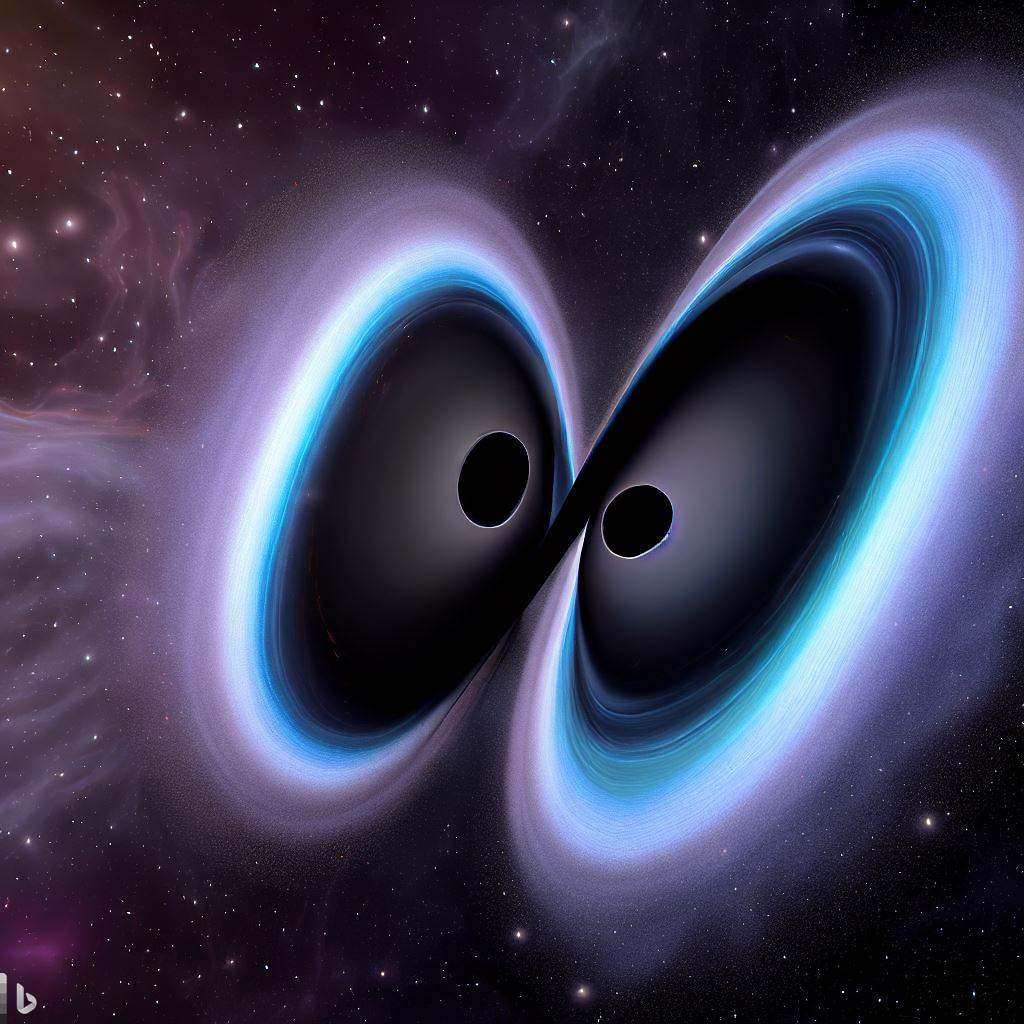
Mass and Spin Estimation of GW190521
The two black holes were estimated by analyzing the waveform of the signal. The waveform contains information about the mass and spin of the two black holes.
By analyzing the waveform scientists were able to estimate the spin of the two black. The estimated spin of the two black holes is 0.7, which is close to the maximum spin allowed by general relativity. The total mass of the black hole created from the merge was about 150 solar masses.
The estimated mass and spin of the two black holes in GW190521 provide an important data point for understanding the behaviour of black holes in binary systems.
Comparison of GW190521 to Previous Gravitational Wave Detections
Previous gravitational wave detections of binary black hole mergers had total masses of between 5 and 50 solar masses.
This detection of a much more massive system is a unique event, as it indicates the existence of a population of binary black holes that are much more massive than previously thought possible.
The two black holes that merged to form GW190521 had masses of 85 and 66 solar masses, respectively.
This is significantly larger than the masses of the two black holes that merged to form GW150914, the first gravitational wave detection, which had masses of 36 and 29 solar masses.
This indicates that the two black holes in GW190521 had more than twice the mass of the two black holes in GW150914.
The merger of the two black holes in GW190521 resulted in the formation of a single black hole with a mass of 150 solar masses.
This is the most massive black hole ever detected and is more than twice the mass of the black hole formed by the merger of the black holes which formed GW150914.
Implications of GW190521 for General Relativity
The detection of the gravitational wave event GW190521 has significant implications for General Relativity. This event was the first direct observation of a binary black hole merger with a total mass of 150 solar masses, and the largest black hole merger ever observed.
The observation of GW190521 provides evidence that General Relativity is still a valid theory of gravity in the strong field regime and that the merger of two black holes can occur in a manner consistent with General Relativity.
The detection of GW190521 also provides evidence for the existence of intermediate-mass black holes. The two black holes that merged to form GW190521 had masses of 85 and 66 solar masses, which is larger than the mass range of black holes typically observed.
This suggests that there may be a population of intermediate-mass black holes in the universe, which could play a role in the formation of supermassive black holes. The observation of GW190521 also provides evidence for the existence of black holes with spin.
The two black holes that merged to form GW190521 had spins that were misaligned with the orbital angular momentum of the binary system. This suggests that black holes can have spins that are misaligned with the orbital angular momentum of the binary system, which is a prediction of General Relativity.
The observation of GW190521 provides evidence for the existence of gravitational waves with higher frequencies than previously observed.
Implications of GW190521 for Black Hole Physics
The implications of GW190521 for black hole physics are significant. The detection of such a massive binary black hole system challenges our current understanding of black hole formation and evolution.
It suggests that black holes with masses greater than 50 solar masses can form from the direct collapse of a massive star, or from the merger of two smaller black holes. This is in contrast to the traditional view that black holes with masses greater than 50 solar masses can only form from the direct collapse of a very massive star.
The detection of GW190521 also has implications for the formation of supermassive black holes. Supermassive black holes are believed to form from the merger of smaller black holes, and the observation of such a massive binary black hole system suggests that this process is possible.
This could have implications for the formation of supermassive black holes in the early universe and could help explain the presence of such massive objects in the present day.
GW190521’s Contribution to the Field of Gravitational Wave Astronomy
This event was detected by the LIGO-Virgo collaboration, which consists of three gravitational wave detectors located in the United States, Italy, and India.
The detectors are sensitive to gravitational waves with frequencies between 10 Hz and 10 kHz. The signal from GW190521 was detected in the frequency range of 30 Hz to 250 Hz.
GW190521 has also provided important insights into the properties of gravitational waves. The signal from the event was detected with a high signal-to-noise ratio, allowing for detailed studies of the waveform and the properties of the system that produced it.
This has enabled researchers to better understand the behaviour of black holes and the physics of gravity in extreme and realistic conditions.

Conclusion
In conclusion, the GW190521 binary black hole merger has provided researchers with a wealth of information to further explore the nature of black holes and gravity in extreme conditions.
This event has already been used to refine our understanding of black hole mergers and gravitational waves, this will remain an important event in the history of astronomy and astrophysics.
References
- GW190521: A Binary Black Hole Merger with a Total Mass of 150 M⊙ by R. Abbott et al. (LIGO Scientific Collaboration and Virgo Collaboration) published in Physical Review Letters.
- GW190521: A Binary Black Hole Merger with a Total Mass of 150 Modot by The LIGO Scientific Collaboration and the Virgo Collaboration.
Other Interesting Articles
- Current and Previous Space Discoveries
- J2157: Black Hole 5 Times the Size of Our Entire Solar System
Frequently Asked Questions and Their Answers
What is GW190521?
GW190521 is the designation given to a gravitational wave signal detected by the LIGO and Virgo gravitational wave observatories on May 21, 2019.
What caused GW190521?
GW190521 was caused by the merger of two black holes.
How big were the black holes that merged in GW190521?
The black holes that merged in GW190521 were among the largest ever detected, with estimated masses of 66 and 85 times that of the sun.
How far away was GW190521 detected from Earth?
GW190521 was detected from a distance of approximately 5 billion light-years away from Earth.
How was GW190521 detected?
GW190521 was detected by the LIGO and Virgo gravitational wave observatories, which measure tiny ripples in the fabric of spacetime caused by cataclysmic cosmic events such as the merger of two black holes.
How does GW190521 fit into the broader field of gravitational wave astronomy?
GW190521 is one of many gravitational wave signals that have been detected since the first detection in 2015, and contributes to our growing understanding of the universe’s most extreme phenomena, such as black hole mergers, neutron star mergers, and supernovae.
Are there any follow-up observations planned for GW190521?
Yes, astronomers are planning to conduct follow-up observations of the region of the sky where GW190521 was detected in order to search for any electromagnetic signals that may have been produced by the black hole merger.
How does GW190521 contribute to our understanding of black holes?
GW190521 provides important insights into the behavior of black holes, such as their masses, spins, and orbital properties, and helps to test and refine our theoretical models of black hole physics.
What is the significance of GW190521?
GW190521 is significant because it represents the first detection of a black hole merger with a total mass greater than 100 times that of the sun, and provides important insights into the formation and evolution of massive black holes.

